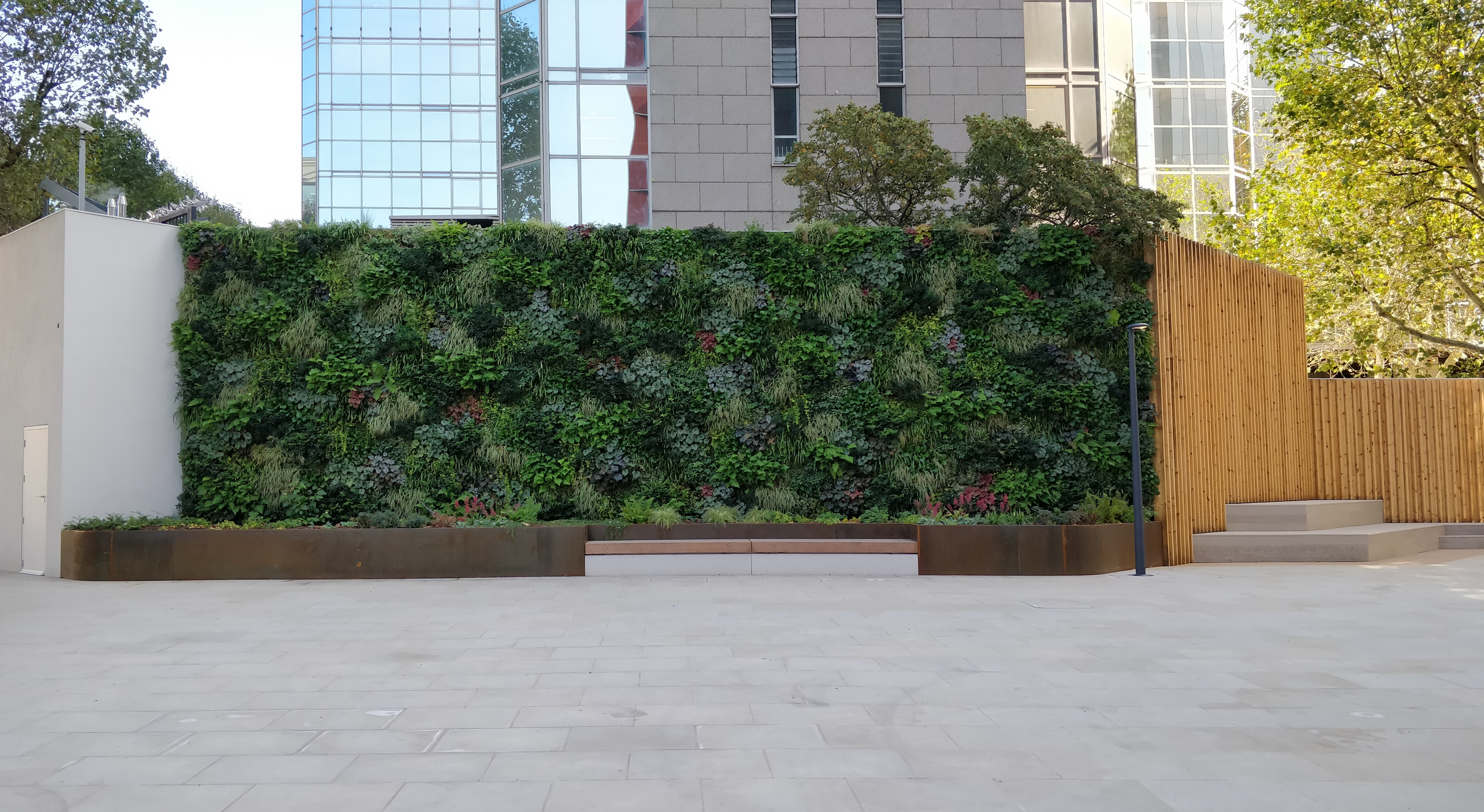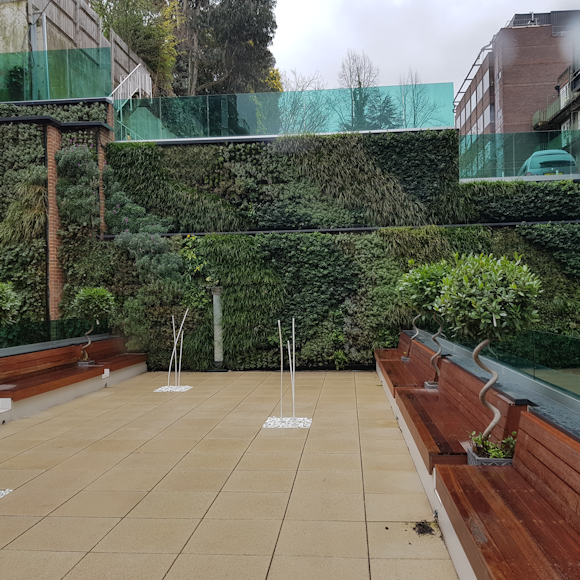In the evolving landscape of architectural innovation, two powerful movements have seamlessly converged, giving rise to a design philosophy that not only prioritises sustainability but also fosters a deep connection with nature.
In this blog, we’re going to delve into the intersection of environmental architecture and biophilic design, and how they build an environment that blends ecological consciousness and human well-being.
Embracing Nature in Built Spaces
The Essence of Biophilic Design
At its core, biophilic design seeks to integrate nature into the built environment, acknowledging the innate human connection with the natural world. From the use of natural materials and patterns to the incorporation of living elements, this design approach aims to create spaces that resonate with our inherent affinity for nature.
Environmental Architecture's Sustainable Embrace
On the other hand, environmental architecture focuses on sustainability, emphasising energy efficiency, resource conservation, and eco-friendly construction practices. It's a holistic approach that considers the environmental impact of every aspect of a structure, from its conception to its eventual dismantling.
Green Walls from Viritopia
With over 20 years of experience of designing and maintaining biophilic infrastructure, Viritopia can create a detailed plan of how a scheme will meet regulatory requirements.

Biodiversity Through Ecological Architecture
One of the key aspects of Hybrid Habitats is the support for biodiversity. Green walls are carefully curated ecosystems, hosting a diverse range of plant species that attract pollinators, birds, and beneficial insects. The vertical arrangement of plants maximises the use of limited space, turning walls into thriving habitats that contribute to local biodiversity.
Achieving Oxygen Oases in Urban Deserts with Green Walls
As concrete landscapes continue to dominate urban environments, the importance of greenery in combating air pollution cannot be overstated.
Green walls play a crucial role in filtering pollutants, absorbing carbon dioxide, and releasing oxygen. They act as oxygen oases in urban deserts, contributing to a healthier atmosphere for both humans and the surrounding ecosystem.
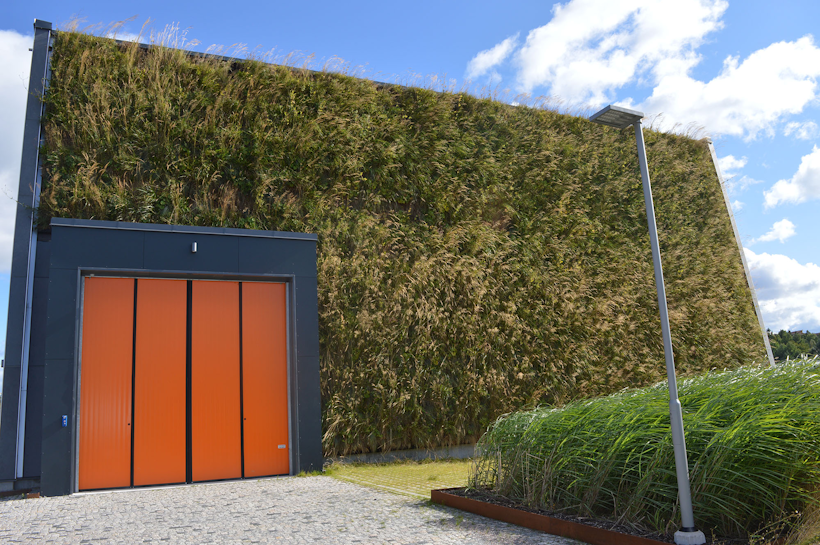
Creating Synergy: Where Sustainability Meets Biophilia
Living Walls
One prime example of this intersection is evident in the incorporation of living walls. These green walls not only enhance a building's aesthetic appeal but also contribute to energy efficiency, air quality improvement, and the overall well-being of its inhabitants. The juxtaposition of lush vegetation against a concrete backdrop brings a touch of the wild into urban spaces.
Natural Light and Ventilation
Environmental architecture often prioritises the harnessing of natural light and ventilation to reduce reliance on artificial systems. Biophilic design seamlessly aligns with this goal, emphasising large windows, skylights, and open spaces that not only bring in light but also provide occupants with a direct visual connection to the outdoors.
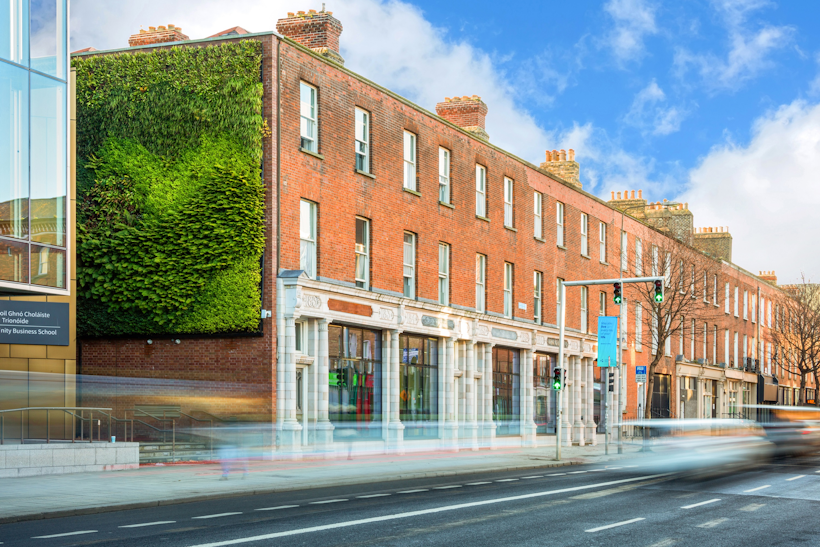
The Human Experience: Improved Well-being and Productivity
Biophilic Design and Well-being
Studies have consistently shown that exposure to nature and natural elements positively impacts human well-being. Biophilic design elements, such as indoor plants and water features, have been linked to stress reduction, improved cognitive function, and enhanced mood—a perfect marriage with the principles of environmental architecture.
Sustainable Materials and Aesthetics in Ecological Architecture
The materials used in environmental architecture often align with biophilic principles, favouring sustainably sourced wood, recycled materials, and other eco-friendly options. This not only contributes to the overall sustainability of the structure but also adds a warm and organic aesthetic to the design.
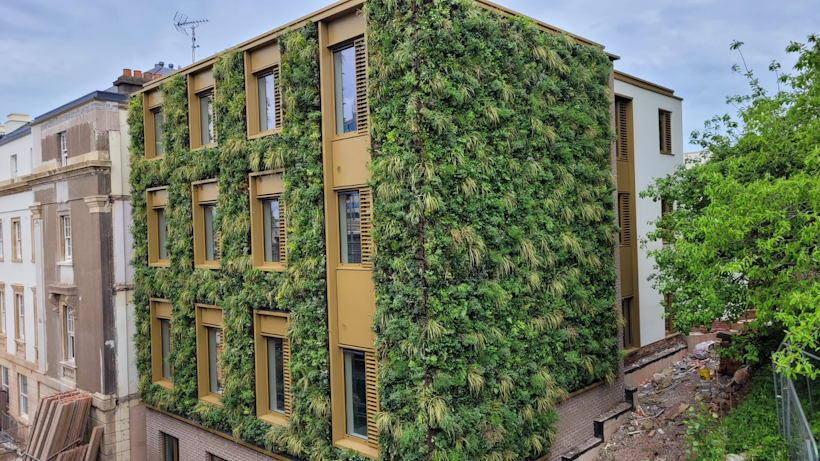
Beyond Aesthetics: A Harmonious Coexistence
Bridging Tradition and Innovation
The intersection of environmental architecture and biophilic design transcends mere aesthetics; it bridges tradition and innovation. Time-honoured architectural practices meet cutting-edge design concepts, creating spaces that are not only visually stunning but also environmentally responsible and culturally relevant.
A Sustainable Tapestry of Living Spaces
As architects and designers continue to explore the possibilities within this intersection, the future promises a sustainable tapestry of living spaces that seamlessly weave together the principles of environmental architecture and biophilic design. From sustainable skyscrapers adorned with living walls to community-centric designs that prioritise well-being, the potential is limitless.
Book a Consultation with ANS Global
With over 20 years of experience of designing and maintaining biophilic infrastructure, ANS Global can create a detailed plan of how a scheme will meet regulatory requirements. We assist with faster planning process and provide you with what’s needed to elevate your project. Book a living wall consultation with our expert team today or find out more about our green walls and their benefits.
